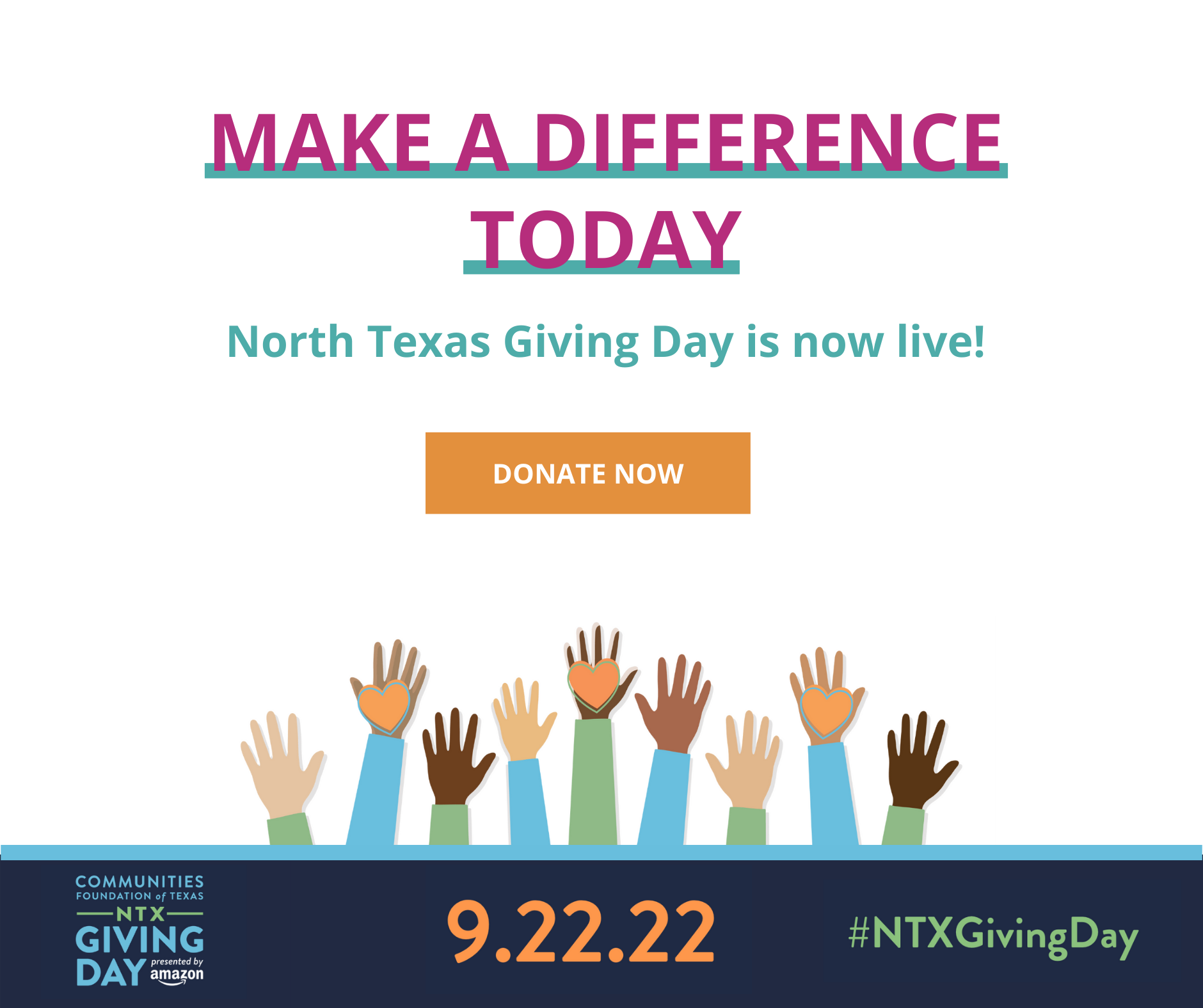CHILD PROTECTION POLICY – NEW AND NOTEWORTHY
State of Babies Yearbook 2020 (Zero to Three & Think Babies)
“The State of Babies Yearbook: 2020 compares national and state-by-state data on the well-being of infants and toddlers. The current state of babies tells an important story about what it is like to be a very young child in this country, and where we are headed as a nation. By nearly every measure, children living in poverty and children of color face the biggest obstacles, such as low birthweight, unstable housing, and limited access to quality child care.”

TexProtects’ Takeaway: Texas state ranked 43rd on the list for child wellbeing and our ranking for economic wellbeing, family & community, health, and education were not much higher on the list. With one in ten American children living here in Texas, we MUST do better. Our Prenatal to Three (PN-3) Collaborative has an ambitious policy agenda to improve services for 300,000 low income infants and toddlers in Texas.
Integrated data can help states better respond to and recover from crises like COVID-19 (Child Trends)
“State policymakers and program administrators need access to reliable and continuous data about early childhood services to understand what services have been disrupted, where services are most urgently needed, and how to deploy resources during and after the crisis to best support children and families.” Early childhood integrated data systems afford states access to comprehensive data, which may assist them in more efficiently responding to and recovering from crises like the global pandemic.

TexProtects’ Takeaway: The early childhood work in Texas is fragmented across multiple state agencies including TEA, HHSC, TWC, DSHS, and DFPS. To understand the way forward will require integrated data systems in order to better identify gaps and needs and coordinate and deliver services efficiently and effectively.
States Are Using the CARES Act to Improve Child Care Access during COVID-19 (Child Trends)
“The Coronavirus Aid, Relief, and Economic Security (CARES) Act included $3.5 billion in emergency funds for the Child Care and Development Block Grant, and the federal Administration for Children and Families issued guidance to allow states more flexibility in meeting Child Care and Development Fund (CCDF) requirements to mitigate the effects of the pandemic.… A new policy scan from Child Trends shows that states are using these emergency funds to improve the affordability of care and increase provider compensation.”

TexProtects’ Takeaway: As the nation continues to struggle with the COVID-19 pandemic, child care plays an even more vital role for working parents and caregivers needing respite. Texas is one of the states continuing to pay child care providers who accept subsidies, which is especially crucial due to closures of care centers and low attendance and enrollment in programs. Texas is also providing additional funding to providers who are taking care of the children of essential workers so that they will continue to serve families in need.
CHILD PROTECTION RESEARCH – NEW AND NOTEWORTHY
Addressing Racial Disparity in Foster Care Placement (National Child Welfare Workforce Institute – NCWWI )
This resource summary examines a recent case study in county-level public child welfare practices that attempt to address racial disparity in foster care placement. NCWWI concludes: “Child welfare systems need case-level strategies and community-supported interventions to reduce racial disparities in removal decisions and disproportionality in foster care systems. Child welfare administrators should consider development and training on case-practice and decision-making processes that reduce racial bias and increase racial equity. Additionally, it is critical to create collaborative community partnerships to develop systems of care that impact racial disparity within the larger community.”

TexProtects Takeaway: Tackling disproportionality in the child protection system cannot be done in isolation. It is crucial we collaborate across systems when addressing this disproportionality. There must be increased dedication, support, and resources toward both describing and solving the problem. Stay tuned for an upcoming blog series on disproportionality in our child protection systems.
A Review of the Literature on Access to High-Quality Care for Infants and Toddlers (Child Trends)
“While we know that high-quality early learning experiences that begin early in life can promote young children’s development and help reduce achievement gaps, much of the literature has focused on child outcomes related to attendance in early care and education programs for preschool-age children; less is known about how quality child care contributes to the development of infants and toddlers.” This literature review examines the existing research on access to high-quality care, specifically for infants and toddlers.

TexProtects’ Takeaway: Quality matters and access and affordability are continued challenges. COVID-19 has made the problems clearer than ever. If we want to do better and do something different, the time is now.
Resident Hispanic Fathers Report Frequent Involvement in the Lives of Their Children (Child Trends)
“To date, limited research has examined father involvement among Latinos — the largest racial/ethnic minority group in the United States today. Documenting levels of father involvement for Latino fathers, as we do in this brief, provides one important piece of the story needed to understand contemporary patterns of Hispanic fathering…. This brief uses data from the 2013-2017 NSFG [National Survey of Family Growth] to look more closely at levels of involvement for Hispanic fathers who live with their children.”

TexProtects’ Takeaway: Information on how fathers of color are involved in their children’s lives is important to providing community resources to further support families in caring for their children. Protecting kids mean supporting their families (and that means mothers AND fathers AND other caregivers)
Home Visiting Career Trajectories: Snapshot of Home Visitor’s Qualifications, Job Experiences, and Career Pathways (Office of Planning, Research & Evaluation – Administration for Children & Families)
Research on home visiting staff and the opportunities available for their professional development is relatively scarce. The study highlighted in this report sought to assess “the home visiting workforce in MIECHV Program-funded local implementing agencies (LIAs) to gather needed information about home visitors’ backgrounds and career paths. This snapshot highlights findings on home visitors’ qualifications, job experiences, and career pathways.”

TexProtects’ Takeaway: Home visiting is a critical community service and proven prevention strategy for families with young children. Home visitors in MIECHV Program-funded agencies have strong educational backgrounds and job-related experience and the majority of home visitors are likely to continue their jobs for the next two years. This is good news for communities who have access to these programs!
Not in the Same Boat – The Pandemic Is Reducing Childcare Availability for Lower-income Families (University of Oregon Center for Translational Neuroscience – UOregon CTN)
As part of their Rapid Assessment of Pandemic Impact on Development Early Childhood Household Survey Project (RAPID-EC Project), UOregon CTN is updating this site weekly with new reports on survey findings that assess how COVID-19 is impacting young children and their families across the US. In addition to this report, the project has recently published findings on the decline of well-child visits and young children’s mental health difficulties during COVID-19.
The full list of RAPID-EC Project reports can be found here.

TexProtects’ Takeaway: We must do more to ensure lower-income families get the child care resources they need during the COVID-19 crisis. We must take action through policy change in order to prevent child care providers who serve lower-income families from shuttering. Stay connected with our PN-3 Collaborative to be part of the solution.
CHILD PROTECTION IN PRACTICE – NEW AND NOTEWORTHY
Resources to Support Children’s Emotional Well-Being Amid Anti-Black Racism, Racial Violence, and Trauma (Child Trends)
In this resource, Child Trends offers “… several steps that caregivers can take to support all children, and especially those who have experienced direct or secondary racial trauma. While the evidence strongly suggests that caregivers need a holistic understanding of how, and in what ways, racial trauma impacts children and youth of all races and ethnicities, our recommendations focus primarily on anti-Black racism and the racial trauma experienced by Black children and families. These recommendations can provide caregivers with a foundation for speaking with children about racism and racial trauma.”

TexProtects’ Takeaway: Learning to be anti-racist and unlearning systemic oppression of Black individuals must start at an early age. Parents and children can use these resources to learn together what it means to move past changing beliefs into taking action to ensure a safer and more just world for people of color.
“Domestic violence (DV) is a widespread problem in the United States. Experiencing and/or witnessing violence in relationships can negatively affect the health of parents and their children. Therefore, any program that works with families should play a part in preventing and addressing domestic violence. Fatherhood programs provide an opportunity to engage fathers in these efforts. This document includes: Background information to help fatherhood programs better understand DV; Foundational principles fatherhood programs can adopt to address and prevent DV; Descriptions of promising practices already being used by some fatherhood programs; Recommended future directions for fatherhood programs, based on current challenges in the field.”

TexProtects’ Takeaway: Family violence is correlated with poor outcomes for children. Fathers who may be perpetrators and/or survivors of violence need a safe space to educate themselves and unlearn these behaviors. Families and children are stronger when fathers are engaged and healthy.










